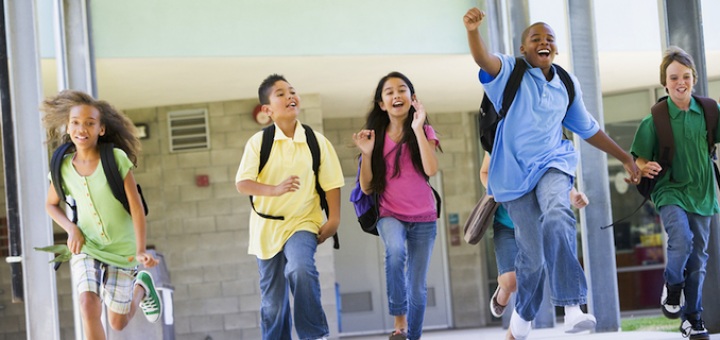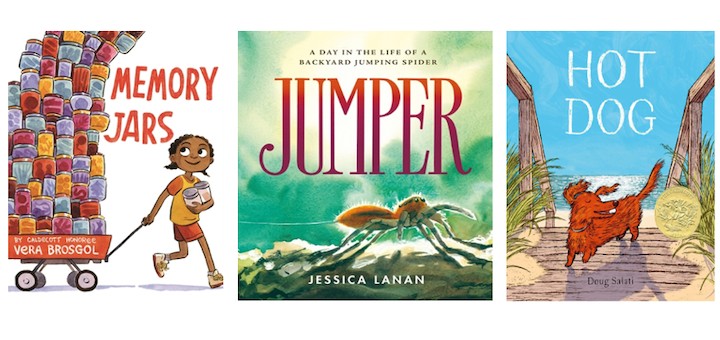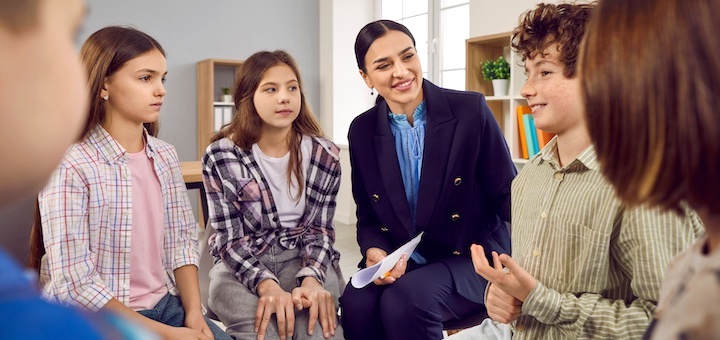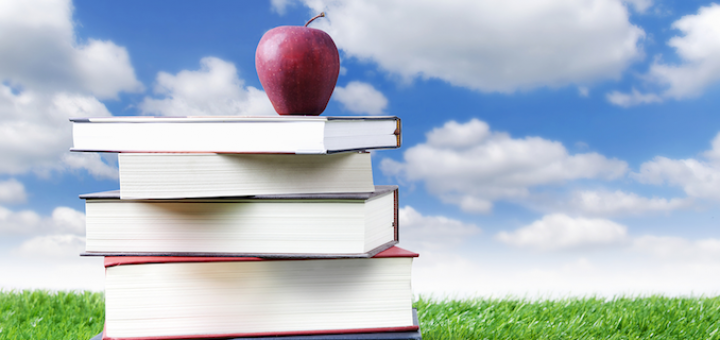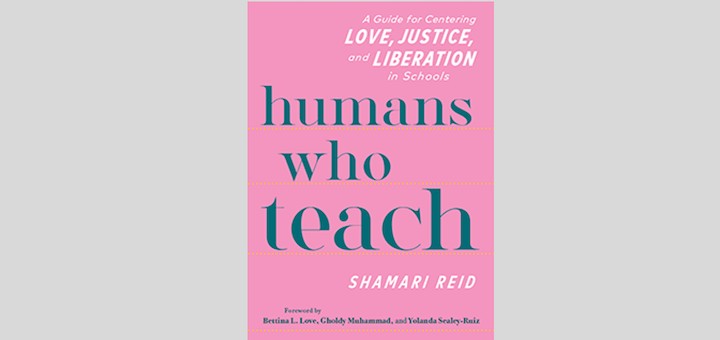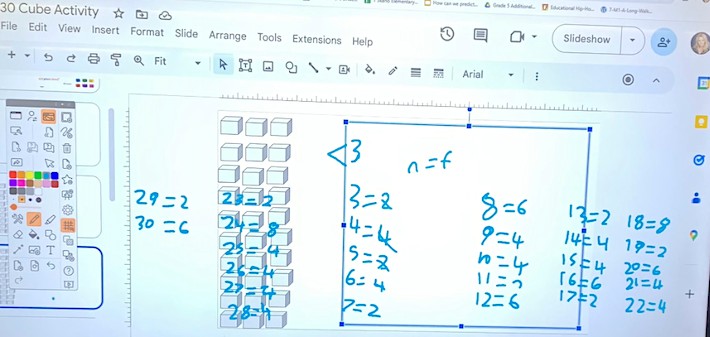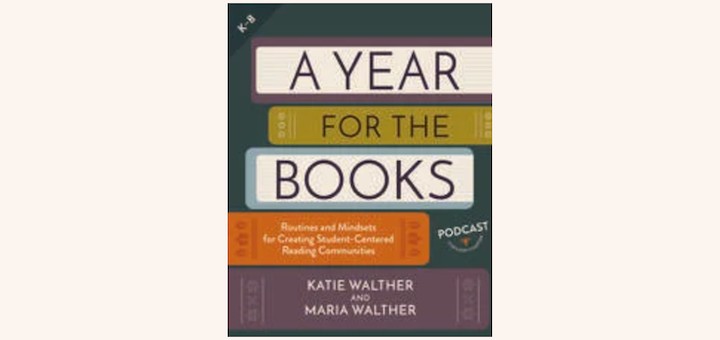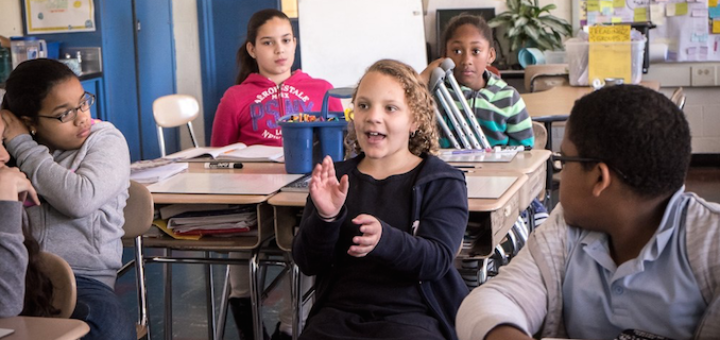Teaching and learning in grades 4-8
MiddleWeb is all about middle school & the middle grades — with a sharp focus on teaching and learning in grades 4-8. Click to learn about our work and what we have to offer, and find out how to get involved.
Summer offers time for middle schoolers to select books they’ll enjoy. Media literacy facilitator Jennifer Sniadecki sees a role for picture books to engage them. Diving into several genres, she describes books that will catch their attention. Spiders and memory jars, anyone?
Educators tend to fill every moment with our voices, writes teaching coach Patty McGee. Yet the most powerful learning can happen when we are silent, making room for student-to-student communication, customized feedback, and a trusted space for students to reveal what they know.
Taking time to reflect on current practices and explore fresh ideas can be invigorating for educators and provide students with new opportunities. Teacher leader Kasey Short shares ways we can plan for informal professional learning this summer and during the school year.
If we can teach kids to think about their futures with more specificity and positivity, then we can have a significant impact on not only their self-image but their well-being – critical work in our anxiety-ridden, social media-saturated times, writes teacher leader Stephanie Farley.
In Humans Who Teach, Shamari Reid tells many stories to lift the veil on the weights of expectation placed on teachers, by themselves and society. Reid centers “love in our work as humans who teach,” offering ways to jump-start ourselves if action seems difficult, says Sarah Cooper.
As new teachers and other educators in schools with many struggling readers search for equitable instructional approaches that will accelerate (not remediate) student learning, metacognition and reciprocal teaching strategies can help, write Sonya Murray and Gwendolyn Turner.
A week into summer break, teacher Michelle Russell looks back at how she adjusted the last weeks of class to lower her stress and make sure she would face less stress in the fall. Included: imposing order on packing away supplies and making time to check in with kids.
As the school year ends, it’s easy for students to lose their momentum. One way to help ease students into summer mode, but still sneak in some math review, is to find engaging activities. Kathleen Palmieri shares favorites from Jo Boaler that can also be saved for fall warm-ups.
A Year for the Books is, in equal parts, about love of reading and how to organize a student-centered classroom environment for elementary and middle school students. ELA teacher Laurie Miller Hornik especially likes “Turning Beliefs about Teaching and Learning Into Actions.”
When teachers create a welcoming, safe, inclusive learning environment with their students, the chances increase that students will have a sense of belonging and “calm increase,” freeing them to learn. NBCT Elizabeth Stein shares ways to use restorative practices and UDL.

